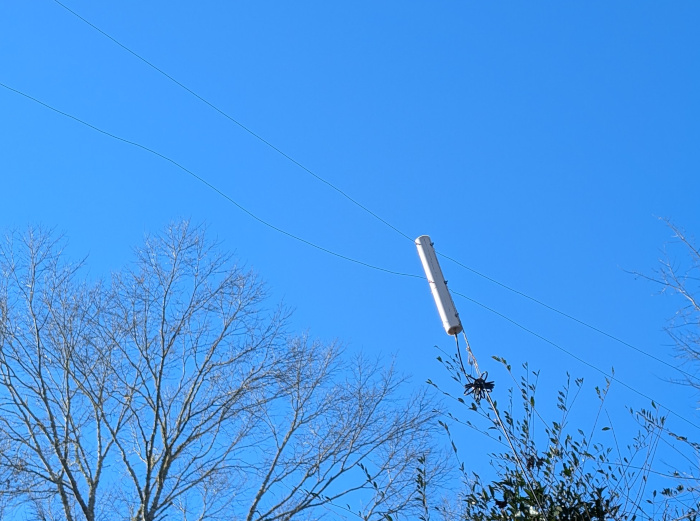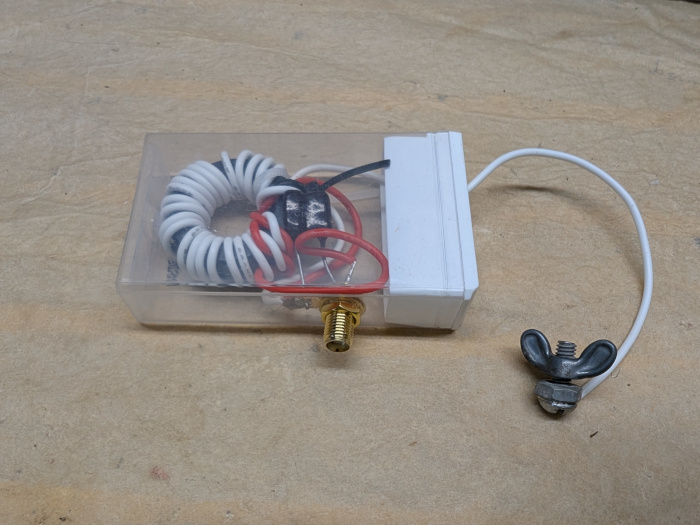Status: resolved by repair
Our washing machine started acting erratically nearly two weeks ago. This morning I washed a lot of clothes. I enjoyed the process of diagnosing the problems, and talking through the saga with some friends and family here and there. Thanks, volunteer appliance repair investigators!
The machine is ten years old, a simple top-loader with knob controls and status lights for each washing step. By the second load that didn't finish, leaving wet clothes, it was clear that turning it off and on again nor a sharp kick would be the fix this time. So, initial symptoms: mid-wash or mid-rinse stall, but after visually checking for obvious problems, it would continue when set on “drain & spin”. Since this sometimes required pulling it out from the wall and manual draining to get started, and the washer's smarts would take minutes of unplugged time to reset from its stalled state, I started disassembling and asking around.
Immediate discussion led to the control board – it seemed like each of the individual functions was working, intermittently, and so a sensor or relay or miscellaneous circuit component failure? Let's take an aside here for the vast number of part numbers on this device. Looking on the back for a model number led to W102 this, W104 that, soon to realize that each piece of metal or plastic is stamped for easy replacement. (Days later I would find the not-actually-very-useful model number behind the lid.) And so the apparent control board has at least three part numbers you can find it listed under on Ebay: the plastic case that holds it, the assembled control board, and the printed circuit board. Initial searches led to the wrong things, and an estimate of $70 for the few listings.
While this was promising, the variety of internet searches for the symptoms suggested that perhaps the lid lock mechanism was the intermittent failure, with its safety feature pausing the wash randomly mid-cycle. This felt right too, work our way in from the periphery, as the lid latch had been slightly misaligned and required a slam to close for the last year, and well, now that I've taken the whole thing apart I know that's easy to adjust should it happen again. So we waited a couple days for a new $20 lid lock assembly to arrive in the mail.
And the first load completed, what a victory. Celebrated too soon, as the second load stalled again.
Discussion also centered around the frustration of this large mostly-functioning appliance possibly not being worth fixing – calling an appliance repair person out for a housecall could easily cost as much as a new similar low-end washer, especially if they too were wrong on the first attempt. Every time I go to our recycling/dump station there are newish washers newly dumped for metal recycling. Some combination of orneriness and an expectation that any newer washer might only give me five years next kept me at it.
While replacing the lid lock I had learned that the service technician's manual was stored in a little pouch beneath the washer top all this time, which jump started further troubleshooting – since this washer doesn't have a display screen to flash “E0XXX” at me from the start, I'd assumed that error codes or other diagnostics required some expensive tool to attach to the control board. Instead, I now knew that a konami-esque combination of twists of the control knob would put the machine in diagnostic mode, where I could read out error codes in flashing binary from the lights, and run various automated test and calibration modes.
Error codes included a lid lock error (now presumed fixed, but error codes won't clear for 10 successful wash cycles) and a pressure sensing error for slow drain issues, again pointing to the control board. The test cycle was very helpful, running through each of the functions of the washer in a few minutes. Again, everything except intermittent draining issues seemed to work in isolation. The next day I caught up with our week of laundry and found that I could get it to run to completion by manually draining at the expected cycle moments – a tedious babysitting, but confidence for locating the problem. The service manual also included diagnosis steps for each component with a multimeter, testing continuity for the drain wiring harness and expected resistance across the drain motor. It too pointed its finger at the control board.
With the full suite of part numbers, used “pulled from working machine” (so many taken to the dump, a steady stream of recycled components) control boards were abundant for $25 on eBay. Since I'd set a mental limit on spending for questionable fixes of up to $100, I also went ahead and ordered a replacement drain pump for $25 too.
The frustration of repair uncertainty and cost had by now swung 180 degrees, with this washing machine representing the ideal we might aim for in right-to-repair of more of our electronics: every part easy to remove, well-labeled, in common with many manufacturers, with a thorough ecosystem of aftermarket and recycled parts and a distributed network of independent repair techs for those who couldn't rely as I had on an hour or two of volunteer advice or access to common tools.
Another few days wait for the mail, the control board arrived yesterday, shoddily packaged in a cut-up reused assortment of shipping materials but as described. Disassembly to replace the board was a familiar process by now, and soon everything was back together for a test run. Which failed to drain at the end with a dull hum of the drain pump impeller definitely doing nothing.
And so, with a new drain pump in from the next mail delivery, everything is back to working. I do need to re-open the washer to slip that service manual back in for next time, and I've got a probably-good spare control board on hand. I now feel intimately committed to keeping this washer running for the rest of my life.

